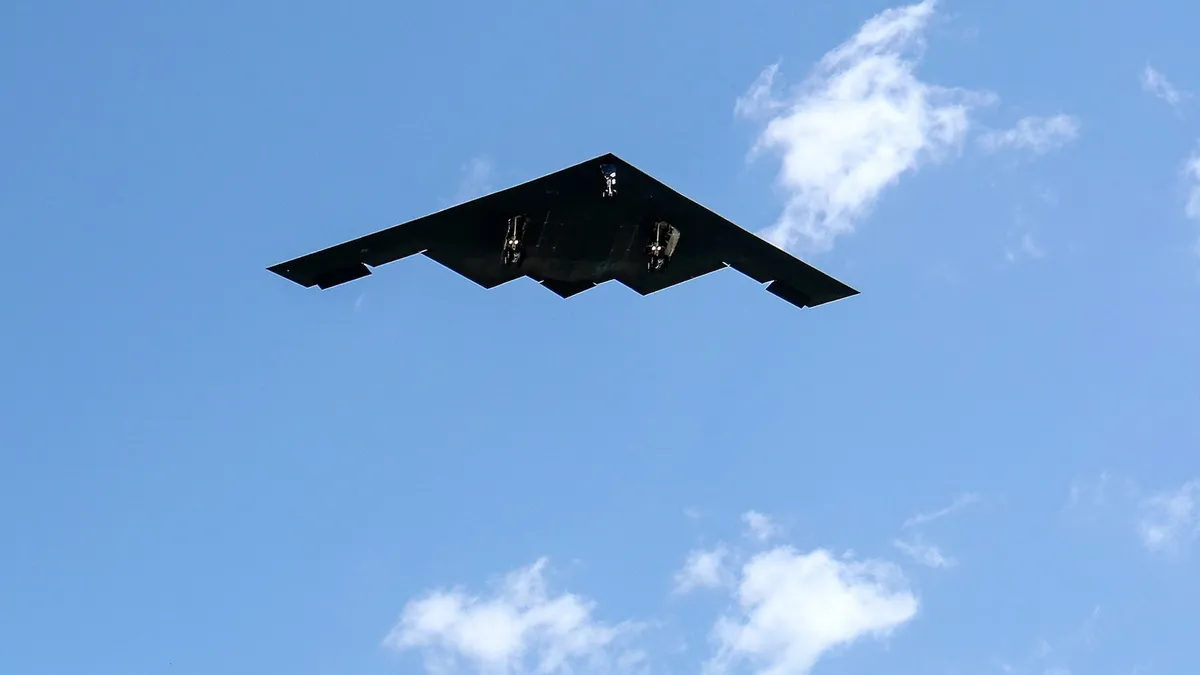
Last weekend's unprecedented B-2 bomber strike on Iran was the culmination of over a decade of meticulous planning and intricate deception tactics, according to retired General Robert Spalding. He played a key role in developing the original mission plans for this operation, which has been dubbed Operation Midnight Hammer. This significant military operation marks the largest deployment of B-2 stealth bombers in U.S. history and the first-ever use of 30,000-pound bunker-buster bombs in combat, as confirmed by Pentagon officials.
The mission spanned an impressive 30 hours and targeted three critical Iranian nuclear facilities. This operation represents the longest B-2 mission since 2001, showcasing the capabilities of the U.S. military's advanced aviation technology. Spalding, a former B-2 pilot and senior director at the National Security Council, shared insights with ABC News about the operation's flawless execution.
According to Spalding, the success of Operation Midnight Hammer hinged on over ten years of preparation, which included extensive development of weapons systems and detailed planning. To ensure the element of surprise, the U.S. military implemented sophisticated tactics to keep Iran unaware of the impending attack. This included deploying decoy bombers to Guam, which effectively misled Iranian tracking efforts.
Spalding emphasized that conducting such operations in today's interconnected world poses unique challenges. With the prevalence of smartphones and sophisticated flight tracking technology, there are numerous data points that could potentially alert adversaries to military movements. "We have to account for all kinds of data that could tip off the enemy," Spalding noted, highlighting the complexities involved in modern military planning.
The design of the B-2 bomber played a critical role in the success of this mission. Its innovative flying wing configuration eliminates the need for a conventional fuselage and tail, resulting in a low radar cross-section that makes it exceptionally difficult for radar systems to detect. The B-2 is equipped with two bomb bays capable of carrying massive munitions, including the specially designed bunker-buster bombs utilized in this operation. Spalding pointed out that while Israeli forces had already diminished Iran's air defenses, the B-2's stealth attributes were vital for the mission's effectiveness.
The extended duration of the flight presented its own set of logistical challenges. Pilots were required to perform six to seven midair refuelings, with each refueling operation taking approximately 30 minutes. To maintain optimal performance during the mission, there is a strict regimen of sleep and dietary considerations for the pilots before and during the flight. "This is crucial to keep pilots alert during critical moments," Spalding explained.
The primary goal of the strikes was to thwart Iran's ambitions to develop nuclear weapons, as stated by U.S. officials. Following the successful execution of Operation Midnight Hammer, President Donald Trump expressed his approval, labeling the operation a "very successful" endeavor in a post on Truth Social.
As the geopolitical landscape continues to evolve, the implications of such military actions and the advancements in stealth technology will undoubtedly shape future strategies in global defense and security.